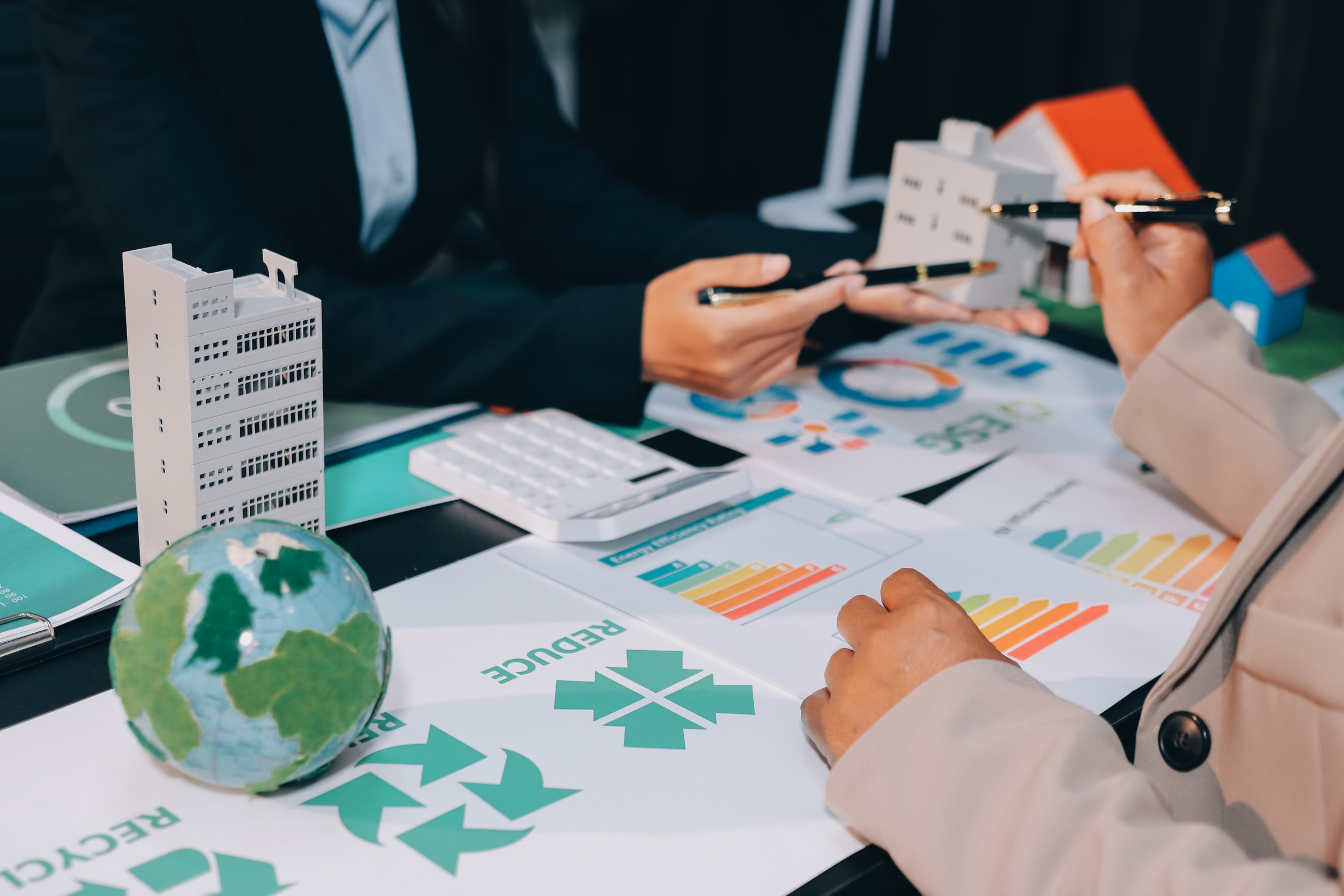In today’s evolving business landscape, sustainability is no longer an option but a necessity. Companies worldwide are increasingly aligning their corporate sustainability strategies with the United Nations Sustainable Development Goals (UN SDGs) — a blueprint for peace, prosperity, and the protection of the planet. But what does aligning business goals with the SDGs really mean, and why is it crucial for businesses in 2025 and beyond?
What Are the UN SDGs?
The United Nations Sustainable Development Goals (SDGs) are 17 interconnected goals adopted in 2015 by all UN member states as part of the 2030 Agenda for Sustainable Development. These goals address global challenges such as poverty, inequality, climate change, environmental degradation, peace, and justice.
The 17 goals include:
- No Poverty
- Zero Hunger
- Good Health and Well-being
- Quality Education
- Gender Equality
- Clean Water and Sanitation
- Affordable and Clean Energy
- Decent Work and Economic Growth
- Industry, Innovation, and Infrastructure
- Reduced Inequalities
- Sustainable Cities and Communities
- Responsible Consumption and Production
- Climate Action
- Life Below Water
- Life on Land
- Peace, Justice, and Strong Institutions
- Partnerships for the Goals
Why Should Businesses Align with the SDGs?
- Enhanced Brand Reputation: Consumers and investors increasingly favor companies that demonstrate social responsibility.
- Investor Confidence: Sustainable business practices are attractive to investors focused on Environmental, Social, and Governance (ESG) criteria.
- Regulatory Preparedness: Alignment with the SDGs can prepare businesses for evolving global regulations and reporting frameworks like CSRD and IFRS.
- Competitive Advantage: Businesses that integrate SDG goals into core strategy position themselves for long-term resilience and success.
How Can Companies Align Business Goals with the SDGs?
1. Conduct a Materiality Assessment
Identify which SDGs are most relevant to your industry, operations, and stakeholders. Tools like SALI’s AI-driven sustainability assessment platform can help pinpoint focus areas and guide reporting.
2. Integrate SDGs into Business Strategy
Ensure that sustainability goals are embedded into your company’s mission, vision, and objectives. For example:
- Goal 12 (Responsible Consumption and Production) can guide waste reduction initiatives.
- Goal 7 (Affordable and Clean Energy) can inspire investments in renewable energy.
3. Set Measurable Targets
Establish key performance indicators (KPIs) for each chosen SDG. Transparent and quantifiable goals build trust with stakeholders.
4. Report Progress Transparently
Use recognized reporting frameworks like GRI, ESRS, or IFRS Sustainability Standards to disclose how your business contributes to the SDGs.
5. Partner for Impact
Collaborate with governments, NGOs, industry peers, and local communities to maximize impact and scale solutions.
Examples of Corporate SDG Alignment
- Microsoft has pledged to become carbon negative by 2030 (Goal 13: Climate Action).
- Unilever integrates Goals 5 (Gender Equality) and 12 (Responsible Consumption) in its supply chain and product development.
- IKEA invests in renewable energy and sustainable sourcing, supporting Goals 7 (Clean Energy) and 12.
The Role of Technology in SDG Integration
Digital platforms like SALI (Sustainability Assessment, Reporting, and Learning Intelligence) enable companies to:
- Track performance against SDG-aligned KPIs.
- Automate data collection.
- Map sustainability initiatives to international frameworks.
- Generate customizable reports for stakeholders and regulators.
Conclusion
Incorporating the UN SDGs into business strategy is more than a CSR initiative — it is a roadmap to resilience, innovation, and global impact. Companies that proactively align their goals with the SDGs not only future-proof their business but also contribute meaningfully to solving global challenges.
Need help aligning your business goals with the UN SDGs? SALI’s AI-powered tools and expert consulting services can guide your sustainability journey. Contact us today to get started.

